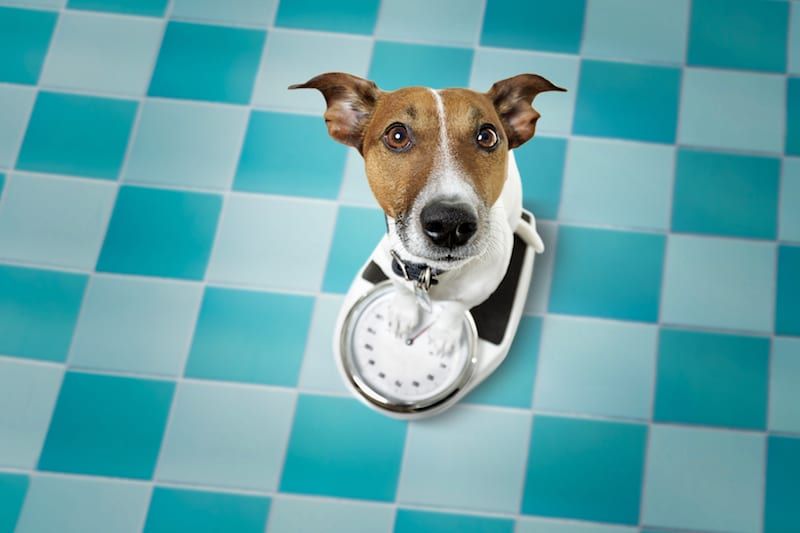
Pet Diabetes Primer
November is National Pet Diabetes Month. Given the scary rate of increase of pet diabetes in the U.S., it’s important for pet parents to get the basic information on how to spot and deal with this dangerous condition.
Did You Know: Pet diabetes has increased more than 32% in dogs and 16% in cats since 2011. (Source: Zoetis)
If left undiagnosed and untreated, this condition is fatal.
What Is Pet Diabetes?
Diabetes occurs happens when your pet’s body can’t process sugars needed to nourish cells. There are 2 types of diabetes:
Type 1 Diabetes = Insufficient Insulin Production: When your pet has Type 1 Diabetes, it means their pancreas is not producing enough insulin. Insulin is essential for moving sugar in the blood into the cells for nourishment.
Type 2 Diabetes = Insulin Resistance: When your pet has Type 2 Diabetes, it means their pancreas is producing insulin but the body can’t process it. This is called being “insulin-resistant.”
Both of these conditions cause excess blood sugar to build up in the blood. There are all sorts of negative consequences when this happens.
Negative Effects of Pet Diabetes
The negative effects of pet diabetes are many and varied, including being fatal. Here’s a quick look how this condition affects your dog or cat:
- Heart disease
- Nerve damage
- Kidney damage
- Serious skin infections
- Urinary tract infections
- Dental infections
- Poor blood flow in extremities which can lead to amputations
- Excessive fatigue
- Nausea
- Vomiting
- Abdominal pain
- Permanently blurred vision
Pet Diabetes Symptoms
When your pet has diabetes, they exhibit many of the symptoms listed below:
- Excessive Thirst: When the sugar in the blood can’t be absorbed by the body, it’s eliminated via urination. The biochemical process ends up leaching water out of your pet’s system, and they can be excessively thirsty as a result.
- Excessive Hunger: It makes perfect sense that a diabetic pet would be excessively hungry. When their bodies can’t absorb sugar from the blood stream into the cells, your pet will be hungry even if you’re feeding them the same portions they’ve been eating for quite some time.
- Unexplained Weight Loss: Another sign is unexplained weight loss. When your dog or cat’s body can’t move sugar from the blood to the cells, they often lose weight.
- Increased Urination: Pets with diabetes need to urinate frequently. This is because they can’t process sugar and eliminate it through the urinary tract, along with a lot of water.
- Low Energy: If your pet’s not absorbing nutrients from the blood stream into their cells and organs, they will generally not have the energy to run and play.
- Cloudy Eyes / Blurred Vision: Cataracts cause cloudy eyes which results in blurred vision.
Pet Diabetes Is Easily Diagnosed With 2 Tests
Pet diabetes can be diagnosed with a simple blood test and/or urine test. Both tests are designed to find high levels of sugar in the blood.
How To Care For a Pet With Diabetes
There are numerous common sense ways to help manage your pet’s diabetes. In general, tactics deployed for pet diabetes are designed to manage & balance your pet’s blood sugar levels. Here are some typical ways to deal with pet diabetes:
- Careful Selection of Diet and Feeding Frequency: Discuss with your veterinarian the best food for your diabetic pet, and determine the ideal feed frequency to help balance blood sugar levels.
- Encourage Healthy Weight Loss: Pet obesity can cause or affect diabetes. If your pet is overweight or obese, you can help extend their life and quality of life if you work with your veterinarian to develop and implement a plan for healthy, gradual pet weight loss.
- Insulin: Some pets who’ve developed diabetes need daily injections of insulin.
Follow-up Care for Pets With Diabetes
Once your veterinarian has confirmed that your pet has diabetes and put them on a treatment program, it’s critically important to monitor their condition consistently over time. The top factors that pet parents need to monitor when their pets have diabetes are:
- Blood sugar levels through periodic blood & urine tests
- Body weight
The first step in dealing with diabetes is to diagnose the disease. After that, dealing with pet diabetes involves common sense measures like monitoring meals & maintaining a healthy weight. When you get a handle on pet diabetes and then monitor your pet’s condition carefully, you can help extend your pet’s life and improve their quality of life.
Think your dog or cat has, or is developing, pet diabetes? Contact Sky Canyon Veterinary Hospital, or call us at 970.985.4911 to schedule an exam and a blood test.
